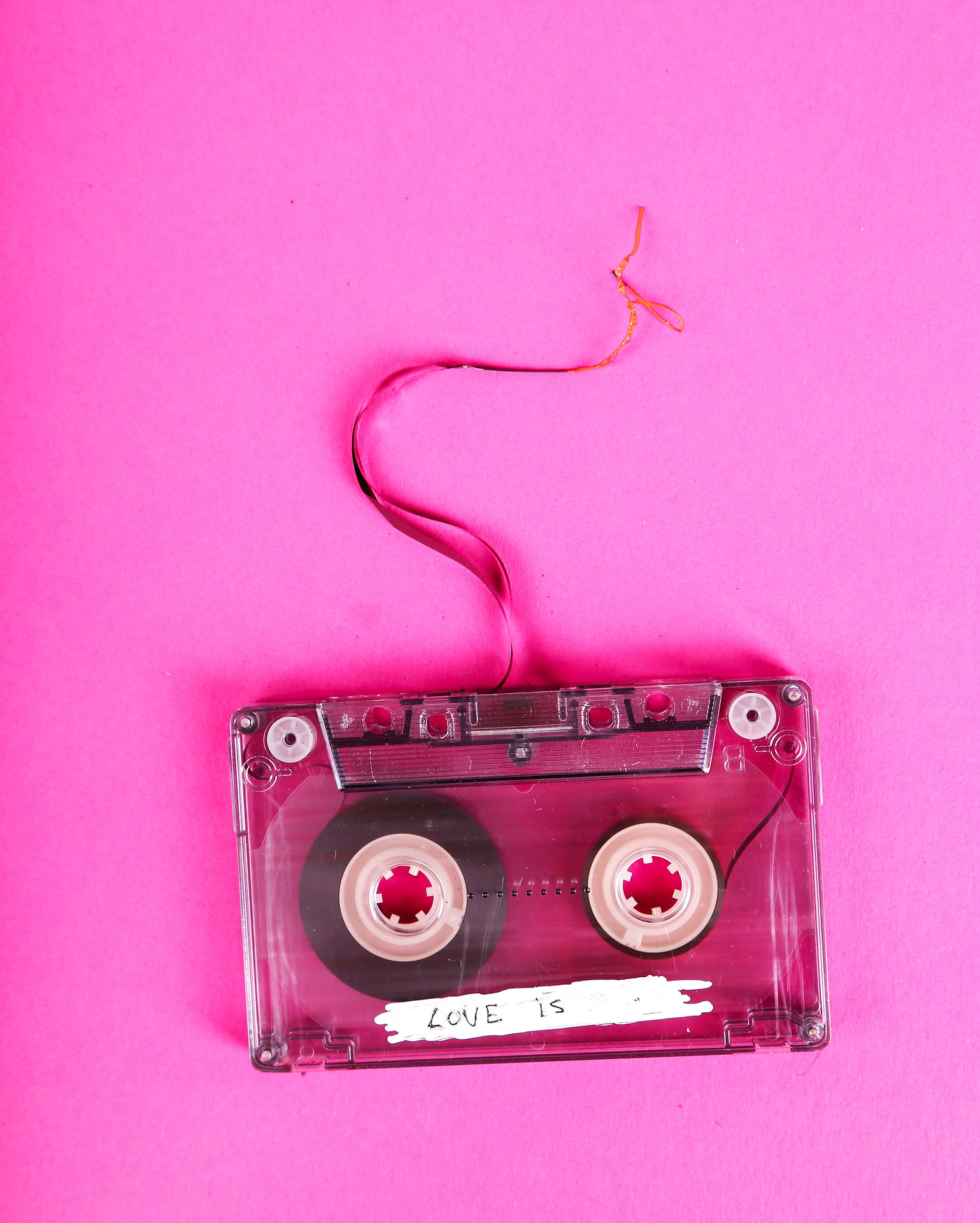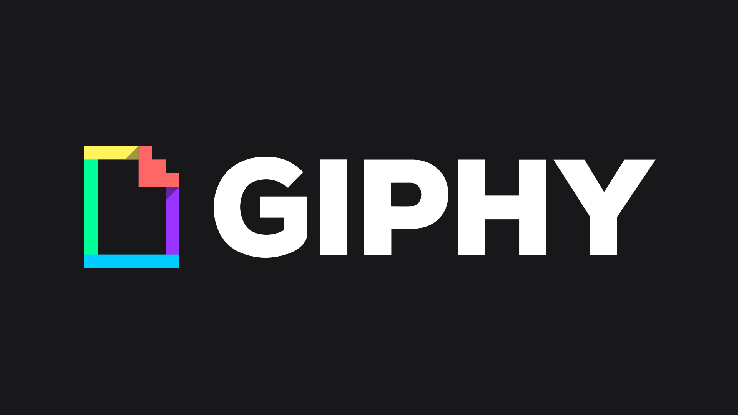
HOW DID YOU USE NEW MEDIA TECHNOLOGIES IN THE RESEARCH, PLANNING, CONSTRUCTION AND EVALUATION STAGES OF YOUR PORTFOLIO?
We used a variety of technologies during the research, planning, editing, and construction and evaluation stages of our portfolio. By using a variation of technologies we were able to develop our skills throughout the process of our project and identify the best technology sources to use. During the research and planning stages we had to record any evidence of our work which we had completed including any target audience focus groups, to gain feedback that was given and analyse that data. For most of our focus groups we used our iPhone’s to record the footage as it was easy to transfer onto Lorna’s MacBook and my iPadPro to edit the footage together using iMovie, this also meant that we could handhold the cameras and have various camera angles within the videos. However on some occasions we used a Canon DSLR camera which belonged to Lorna as the quality was just as high as the iPhone, when using the camera we then edited the footage on Sony Vegas Pro 11 (a programme which was installed on our school computers). As a group we were familiar with this particular programme, due to using it to edit our final product for the AS part of our A Level, however I personally had never used iMovie until I had edited one of my music video analyses’ and found this software very easy to use. I feel that by using iMovie for the smaller tasks such as creating music video analyses’ and focus groups was more appropriate rather than using Song Vegas Pro 11, as these only involved simplistic techniques such as cutting and splitting the footage. The internet was also a very big part of the research and planning stages of our process. At the beginning of the year we had to individually analyse music videos of our chosen genre to familiarise ourselves with the conventions. I used various software to present these such as Prezi’s Powerpoints, Emaze’s, Video’s and a Coggle Mindmap, in order to present my analyses’ in different ways, this allowed me to develop my creativity and presentation skills by using different technology. YouTube was also used a lot through the use of these analyses’ as it allowed me to research all different types of indie music videos and gain a deeper understanding of the conventions of our chosen genre. To document all of our process throughout the course, we used a website builder software called Wix, this allowed us to document any evidence of the construction and processes which we had done to make our three final products.
 |  |  |
|---|---|---|
 |  |  |
 |  |  |
 |  |  |
For the editing and construction of our video we used the programme Sony Vegas Pro 11 as we felt we could develop and improve our skills from last year when editing our film opening. We also felt that this had a better variety of tools than iMovie which allowed us to experiment more when it came to editing our video. We viewed YouTube videos on how to overlay some footage on Sony Vegas Pro 11 to expand our knowledge on this programme and add some more sophisticated editing techniques within our video. We had to use a lot of colour correction which meant adding filters to turn the narrative footage black and white and making sure there was a balance between the contrast and brightness, we wanted to keep the bright neon lights throughout the video and had to edit some footage to do this using tools such as colour corrector, brightness adjustment and contrast and saturation adjustment to fit the conventions of the indie/alternative genre supporting Swales’ theory of family resemblance. For the performance and narrative elements of our video they were shot using the Canon DSLR camera, used handheld throughout our video, to give a homemade feel to the video which most indie bands do, supporting Neales’ theory of repetition and difference when he says “genres are instances of repetition and difference.” Within the sparkler scenes of our video, they were filmed using a Nikon D5200 camera, we also used Lorna’s Canon DSLR to film this but most of the footage we used came from Amy’s Nikon D5200 camera. By using these high quality cameras it allowed us to have really crisp footage and detailed images within our video and felt it heightened the professionalism of the creation of our music video. For our ancillary tasks we experimented with CorelDraw and CorelDraw PhotoPaint. I had previously experimented with this software during my GCSE course for media studies and remembered how some of the tools worked, however we did have to seek advice from YouTube videos on how to fade images into a block colour and how to colour correct some images for the digipak. When it came to adding typography we felt that these programmes lacked sophisticated fonts and therefore we sourced them from a website called ‘1001 Fonts’ after finding some fonts which were happy with, we then had to place them over the images to give the desired effect. Although, for the panel in the digipak which gives credit to the band members I edited that in Microsoft PowerPoint and used a basic font as we wanted to keep that specific panel very clean cut. Lorna also edited two panels of the digipak on her Wacom tablet, creating handwritten lyrics over the top of the images to give the digipak a more personal feel to it. By using and experimenting with all different types of software and cameras, it has allowed me to develop my skills and gain a deeper understanding into a variety of software.
 |  |  |
|---|---|---|
 |  |  |
 |  |  |
 |
When it came to finalising and evaluating our products it was vital that we obtained feedback from our target audience in order to identify whether we had met their expectations and if we had met the conventions of the indie/alternative genre. We considered the internet to be an effective way of reaching out to our target audience on different platforms. Our video was shared on Facebook and YouTube in which allowed us to reach out to a mass audience and as a result we received positive voluntary feedback both on our music video and our digipak. After receiving feedback on our rough cut we then looked at making amendments to our video, to show how we had changed and improved parts of our video we used ‘Giphy’ to create short gifs to show the comparison between some changes which were made, for example moving footage and colour correcting footage. iMovie was also made to create a vlog which showed the construction of our music video which both me and Amy had edited (I edited on my iPadPro while Amy edited on her iPhone 7). We chose to edit this on iMovie as most of our processes were filmed on our iPhones during shoots and was easy to upload onto iMovie to create the video, which only consisted of splitting and cutting, inserting our soundtrack and inserting typography which was very simple on this programme. By using both iMovie and Song Vegas Pro 11, I have developed my own personal skills which could be used in the future as I have now familiarised myself with two editing software’s. Post production of our ancillary’s Amy made an online survey for our target audience to fill in using “freeonlinesurveys.com” asking people to give feedback on our final music video and digipak. This was a really effective research method as it was a way of reaching out to a mass audience and gain a wide range of feedback. This was also really easy for the participants to use and complete. This also allowed for anonymous answers meaning we had more chance of accurate and truthful feedback. Amy and I shared this on our personal Facebook pages meaning all different people were able to view and write comments and their opinions on our music video and digipak.
 |  |  |
|---|---|---|
 |  |  |
 |
Overall the use of the wide variety of new technology that we used throughout each stage of the A2 media project, has not only developed my own personal skills and knowledge but gathered research and feedback which was vital to meeting the conventions of the indie genre.
